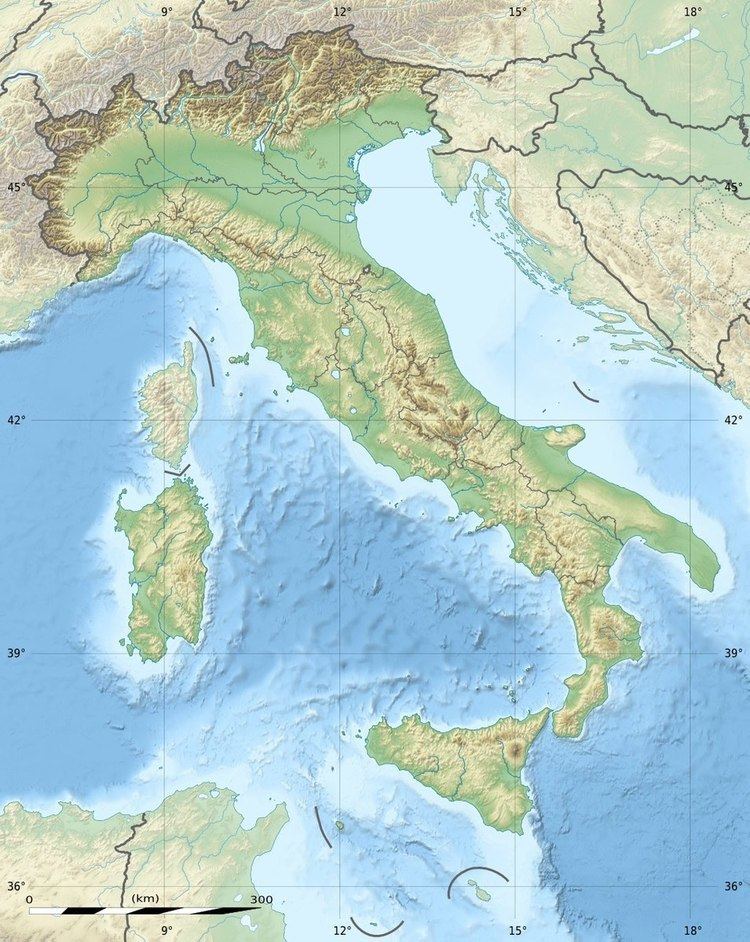Passengers 14 Aircraft name "Yoke Yoke" Fatalities 21 (all) Passenger count 14 | Survivors 0 Date 8 April 1954 Survivor 0 Crew count 7 | |
 | ||
Summary In-flight metal fatigue failure leading to explosive decompression and break-up. Aircraft type de Havilland DH 106 Comet 1 Destination O. R. Tambo International Airport Similar BOAC Flight 781, KLM Flight 633, 1954 BOAC Lockheed, 1954 Prestwick air disaster, BOAC Flight 911 | ||
South African Airways Flight 201, a de Havilland Comet 1, took off at 18:32 UTC on 8 April 1954 from Ciampino Airport in Rome, Italy en route to Cairo, Egypt, on the second stage of its flight from London to Johannesburg, South Africa. The flight crashed, killing all aboard at around 19:07 UTC. The flight was operated as a charter by British Overseas Airways Corporation (BOAC) using the aircraft G-ALYY ("Yoke Yoke"), with a South African crew of seven, and carrying 14 passengers.
Contents
Flight and disaster
Gerry Bull and other BOAC engineers examined the aircraft for Flight 201. Previously, the same team had examined BOAC Flight 781 (a Comet that broke up at altitude that January) prior to its final flight.
Flying as SA201, Yoke Yoke took off from London for Rome at 13:00 UTC on Wednesday 7 April 1954, on the first leg southwards to Johannesburg, arriving at Rome approximately two and a half hours later, at 17:35 UTC. On arrival at Rome engineers discovered some minor faults, including a faulty fuel gauge and 30 loose bolts on the left wing, which delayed the aircraft's departure by 25 hours before Yoke Yoke was ready to depart for Cairo on the evening of Thursday 8 April.
The aircraft took off for Cairo at 18:32 UTC under the command of Captain William Mostert, and climbed rapidly towards its cruising height of 35,000 feet (11,000 m). The crew reported over the Ostia beacon at 18:37 UTC, passing through the altitude of 7,000 feet (2,100 m). The weather was good, but with an overcast sky.
Another report was made from the aircraft, first at 18:49 UTC at Ponza, where it reported climbing through 11,600 feet (3,500 m) and another at 18:57 UTC when it reported passing a beam of Naples. At 19:07 UTC, while still climbing, the aircraft contacted Cairo on the long range HF radio and reported an ETA of 21:02 UTC.
This was the last message heard from Yoke Yoke as some time later, the aircraft disintegrated in the night sky at around 35,000 feet (11,000 m), killing everyone on board.
After repeated attempts at re-gaining contact by both Cairo and Rome were made, it was realised that another Comet had been lost. Initial news of the accident was leaked to the press by a German radio station which had been monitoring the radio transmissions.
Three days after the incident, The New York Times carried a piece covering the event.
Britain today weighed the cost of a stunning blow to her proudest pioneer industry – jet civil aviation – as the crash of another Comet airliner was confirmed. Twenty-one persons, including three Americans, were believed to have died when the plane was lost in the Mediterranean. The discovery of at least six bodies and bits of wreckage floating in the sea about 70 miles (110 km) south of Naples put a pall on the last hopes for the British Overseas Airways Corporation craft, missing since 6:57 o'clock last night.
Tonight the Minister of Transport, A. T. Lennox-Boyd withdrew from all Comets the certificate of airworthiness that the aircraft won on 20 January 1952, 'pending further detailed investigations into the causes of the recent disasters.'
This second, unexplained Comet crash in three months came less than three weeks after the sleek four-jet de Haviland airliner had been restored to commercial service with about 60 safety modifications. They had been grounded for 10 weeks since the previous Comet crash 10 Jan into the Mediterranean near the island of Elba with 35 dead.
Bull said that he felt difficulty accepting the fact that the same circumstances that occurred with the BOAC flight occurred with the South African Airways flight.
Search and recovery
As soon as it heard of the crash BOAC once again voluntarily grounded all its Comets as it had done three months earlier after the BOAC Flight 781 disaster. The Italian air-sea rescue services were notified, and searching began at dawn the next day, subsequently involving the Royal Navy carrier HMS Eagle and the destroyer HMS Daring. Some time later that day, a report was received from a BEA Ambassador aircraft of a patch of oil some 70 miles (110 km) east of Naples and bodies and wreckage in the water 30 miles (48 km) south-east of Stromboli. The depth of the Mediterranean Sea at the crash site meant that a salvage mission was ruled out as impractical, but due to the similarities of the two crashes, if the cause of the BOAC crash was found, it would explain the SA crash, as well.
Official investigation
At the time of the accident, the investigation into the crash of BOAC Flight 781 was still in progress, but suspicion of the cause of the loss of Yoke Peter had fallen on the possibility of an engine turbine failure. During the previous grounding of all Comets, modifications had since been made to the Comets, including Yoke Yoke, that seemed to eliminate this possibility.
After an extensive multi-year investigation, the official document of findings was released by the Ministry of Transport and Civil Aviation, on 1 February 1955, as Civil Aircraft Accident Report of the Court of Inquiry into the Accidents to Comet G-ALYP on 10 January 1954 and Comet G-ALYY on 8 April 1954.
The joint investigation of this accident, and of BOAC 781 revealed manufacturer design defects and metal fatigue that resulted ultimately in the explosive decompression that caused both accidents.
